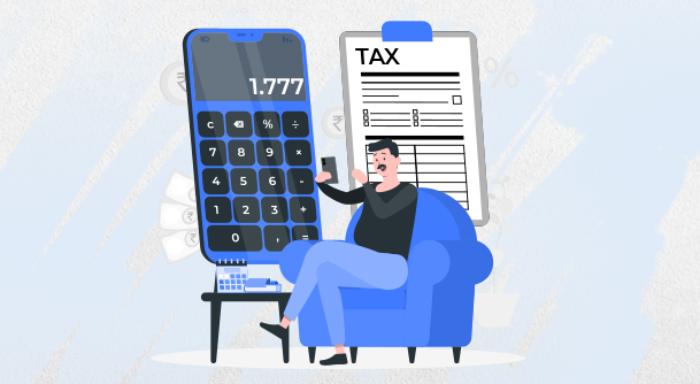Top 3 Investment & Savings Options For Salaried Employees
Blog Title
6434 |
“Your account number ending with XXXX has been credited with amount Rs.xxxxx.-sal credit.” This is the one SMS that every salaried person waits for the whole month. He goes through the whole month, toiling hard for this very SMS. He works 30 days for this SMS, and then in another 10 days, begins the wait for next month’s text alert.
The solution: Exploring the best investment options for salaried persons
What causes this kind of financial instability? Let’s consider some key factors:
The income and it’s an outflow
A salaried person usually has this pattern to his yearly income and expenditure structure. Around 25-30% of his income is eaten away by taxes. After that, more than 35-40% of his income goes away into paying off EMIs or rent and maintenance of his house. With the balance of 30-40% of his income, he has to buy provisions, pay children’s school fees, utility bills, and meet the medical expenses. He just about manages to save 10% of his income.
Lop-sided income and expenditure structure
This structure puts a lot of strain on his income, which makes him go for more debt so that he can meet his increasing expenditure. He goes in for more credit card related purchases, which increase his debt component. Slowly, since his income cannot be increased proportionate to his rising expenses, his debt component keeps getting bigger, and he is left with no savings at all.
Some of the best investment options for Salaried Persons: ULIP, PPF, bank FDs
To prevent this, what a salaried person can do is reduce his tax component without disturbing his savings component. Did you say easier said than done? Not really, if you invest in the right kind of investment vehicle. Let us discuss three good instruments to save money while reducing the taxation burden.
ULIP is a Unit Linked Insurance Plan which is offered by a life insurance company. In ULIPs, some part of the premium that you pay goes towards investments in equity, government bonds, and other market-linked investments. The other part of the premium goes towards covering risk towards your life. You should invest in ULIP to provide both death as well as maturity benefit. The lock-in period is 5 years, after which you can withdraw money. You will receive the amount as per the market value of the underlying instruments where your premiums are allocated.
PPF or Public Provident Fund is an instrument floated by the government of India through the ministry of finance to generate funds from the general public. It is like opening an account where you keep on investing money at regular intervals. Every year, the government announces the rate of interest on PPF’s, and it varies between 8-9%. The lock-in period is 15 years, and there is no benefit of availing of appreciation in investment owing to market forces. Also, unlike ULIP, there is no death benefit. However, it is a good tax planning option for salaried employees.
Bank F.D’s or Fixed Deposits are money invested in a bank for a fixed period fetching interest from the bank. There is no lock-in period as such, but interest will be deducted if there is premature withdrawal. Again, like PPF’s, there is no death benefit.
All the above tax saving options for the salaried provide rebates in income-tax and excepting bank fixed deposits; the other two provide tax-free proceeds of the investment. Change the structure of your income and expenditure statement so that you don’t rely heavily on debt to finance your growing needs and requirements.












